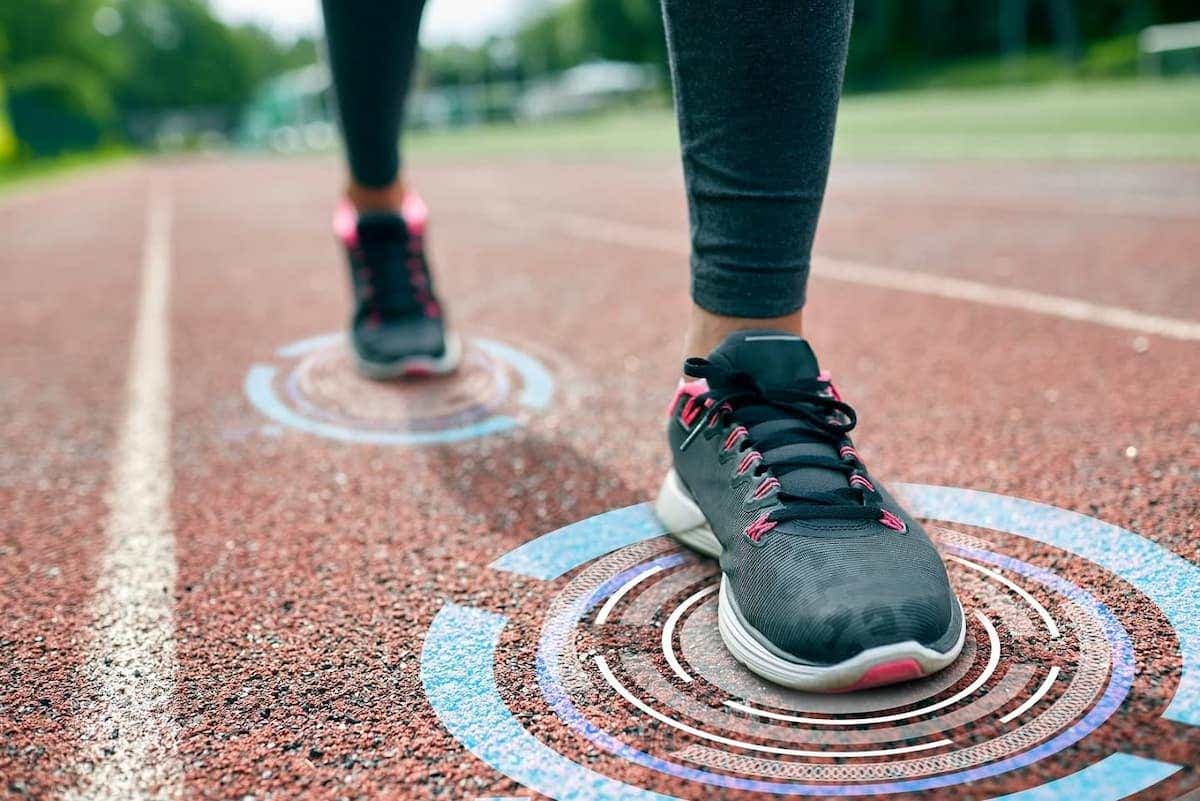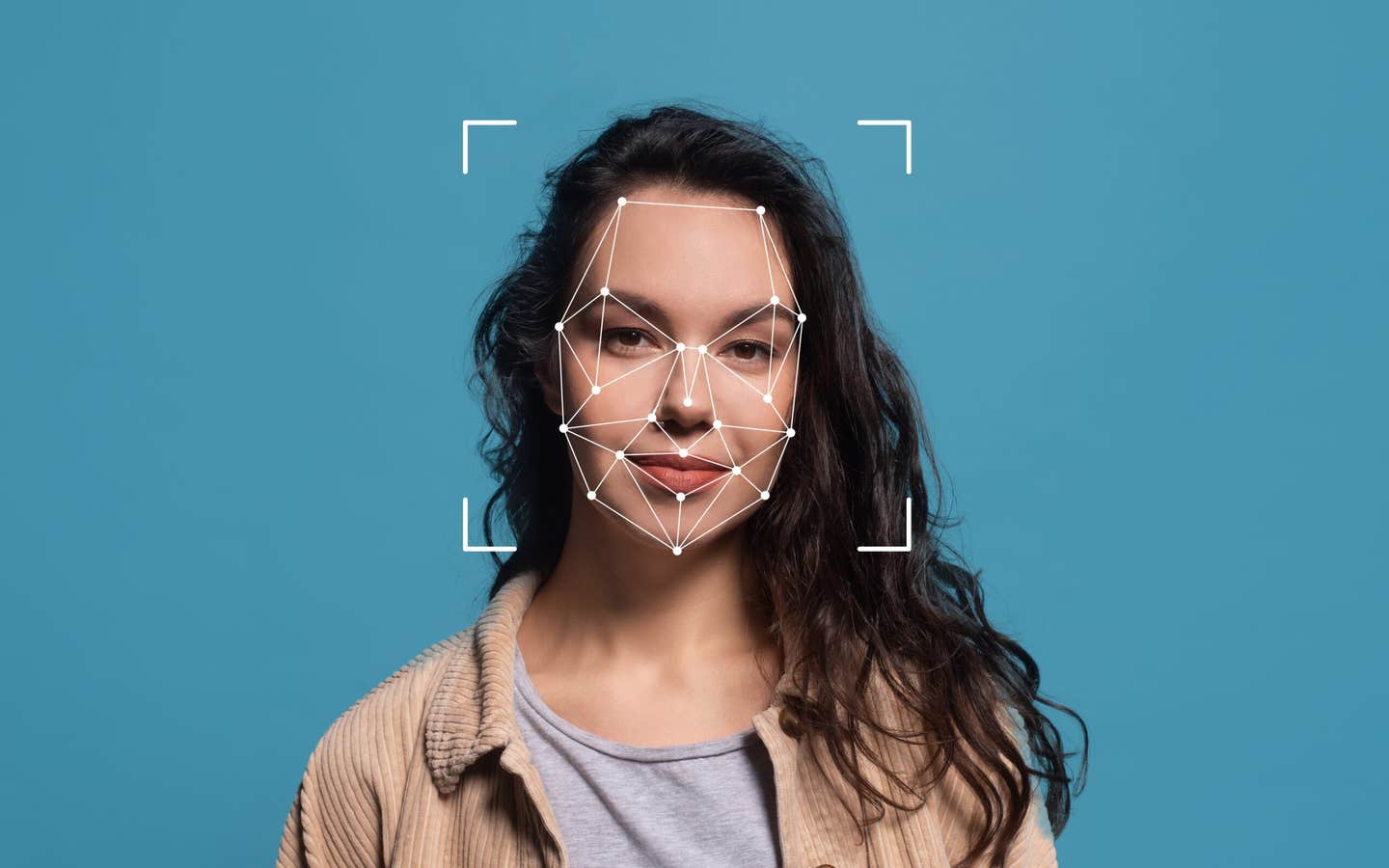AI-powered shoe insoles revolutionize sports training and injury recovery
New AI-powered smart insoles predict ground reaction forces with high accuracy, offering a portable solution for sports, rehab, and healthcare.

Smart insoles use AI to track ground forces with just 4.1% error, revolutionizing sports, rehab, and diabetic foot care. (CREDIT: Depositphotos)
A new wave of wearable technology could soon change how people recover from injuries, train in sports, and manage chronic health conditions. A team of researchers from the University of Portsmouth recently developed a smart insole that does more than just support your feet. It tracks how your body interacts with the ground—data that doctors, athletes, and researchers all find essential.
From Lab Equipment to Everyday Use
Measuring the forces between your feet and the ground—called ground reaction forces, or GRFs—has long been important in fields like exercise science, rehabilitation, and injury prevention.
This data reveals how muscles and joints work during movement. But for years, this kind of measurement required large, expensive lab tools like force plates or instrumented treadmills. These devices work well, but they’re stuck in labs, which means they can't help much in real-world environments like gyms, parks, or homes.
That’s where the new smart insoles come in. Created through a partnership between a university and a tech company, this wearable device offers a low-cost, mobile solution that anyone can use outside of a lab. Powered by artificial intelligence (AI), these insoles are changing how scientists and doctors understand human movement.
Smart Tech Hidden in Your Shoe
Each insole includes two main components. The first is a pressure sensor system, called CapSense, which maps how pressure shifts as you move. The second is an inertial measurement unit (IMU) that tracks foot motion through acceleration and rotation. Together, these sensors feed data into a special AI model.
The dual-stream attention model behind the system uses both types of data in real time. It automatically chooses which data stream is more useful for different parts of a person’s motion. This helps improve accuracy when predicting GRFs. In tests, the system showed a prediction error of just 4.1%. Earlier devices with similar goals had error rates between 8% and 20%, making this new model far more reliable.
Related Stories
Dr. Dinghuang Zhang, a lead researcher on the project, said, "We wanted to create an affordable and portable alternative to expensive lab equipment. These insoles could help athletes improve performance, assist doctors in rehabilitation, and even help people track their movement for general health."
Designed for Daily Life
Unlike bulky lab machines, these insoles are made for daily wear. They include a small built-in battery that powers the sensors for up to eight hours. The insoles connect wirelessly to a nearby computer using Bluetooth. All the movement and pressure data get stored in organized files that include timestamps, making it easy to track changes over time.
The smart insoles have already shown their usefulness in many real-world situations:
- Sports and Injury Prevention: Athletes can track every movement, fix bad form, and avoid injuries.
- Rehabilitation: Doctors and physical therapists can watch how patients move during recovery and adjust treatments as needed.
- Health Research: Scientists can gather better data to study how different people walk, run, or recover from injuries.
Dr. Tim Exell, a biomechanics expert on the team, said, “All human movement, whether in elite sports, recreational activities, or rehabilitation, is caused by forces. Being able to accurately measure those forces outside a lab environment is a game-changer. It helps improve sporting performance, identify injury risks, and support recovery after injury or other conditions.”
More Than Just Sports
While the smart insoles have strong uses in sports and rehab, they were also inspired by a more serious health concern—diabetic foot care. Many people with diabetes suffer from peripheral neuropathy, a condition that dulls feeling in the feet. This can lead to unnoticed high-pressure areas, which may turn into ulcers. If these ulcers aren’t treated, they can cause infections or even require amputations.
TG0, the tech company behind the smart insoles, wants to stop that before it starts. With pressure sensors that alert users to danger zones on the feet, diabetic patients can take action early. This simple tool might save both limbs and lives.
Dr. Liucheng Guo, Chief Technology Officer at TG0, explained the vision: “TG0’s mission is to use embedded AI and low-cost material to revolutionize the human-machine interface. We want to make them accessible, sustainable, and smart. By combining academic research with industry expertise, we’ve improved our low-cost smart sensing technology. The study not only showcases our commitment to innovation but also paves the way for next-generation smart sensing solutions that extend beyond sports into broader health applications.”
A Partnership for Real-World Impact
This research didn’t happen in isolation. It grew from a Knowledge Transfer Partnership (KTP), which links universities with businesses to create real-world solutions. The team brought together experts from the university’s computing and health sciences departments, working closely with engineers from TG0.
The final model was tested against top-tier lab equipment and showed strong accuracy. The full study appears in the journal Intelligent Sports and Health.
By using a combination of simple materials, smart sensors, and advanced algorithms, this team made high-quality movement tracking more accessible than ever. From helping athletes train better to protecting diabetic feet, the smart insole may be one of the most powerful tools you can wear.
Note: The article above provided above by The Brighter Side of News.
Like these kind of feel good stories? Get The Brighter Side of News' newsletter.



